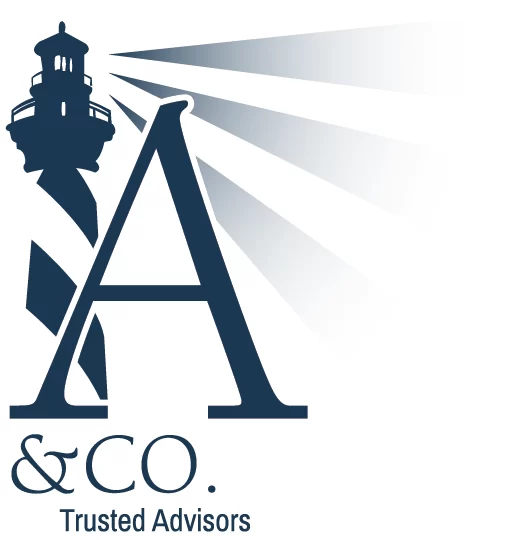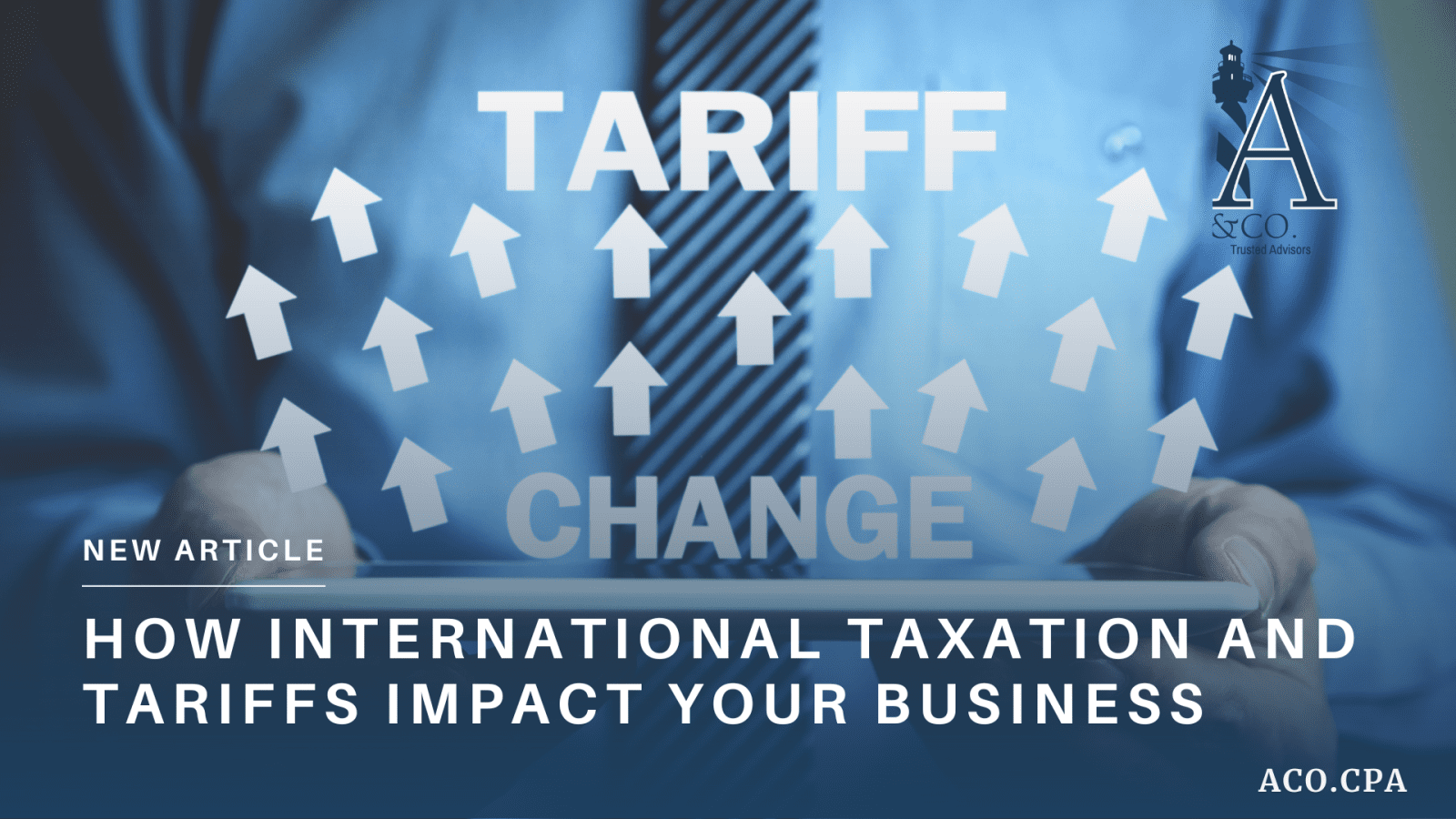For businesses operating globally or relying on imported inputs, recent changes in U.S. tariff and international tax policy are far more than abstract policy shifts—they have real costs and risks. Understanding the numbers can help you plan more effectively and avoid unpleasant surprises.
Key Cost Figures
- Tariff revenues from new U.S. import tariffs in 2025 have reached about $88 billion through August, with around $23 billion of that collected just in August alone.
- The average effective tariff rate for imported goods jumped to around 10–11.5% in mid-2025, up from about 2.4% earlier, meaning many goods are now much more expensive to bring in.
- Small businesses are especially hit: more than 236,000 U.S. small business importers—imports totaling about $868 billion in 2023—could face around $202 billion annually in additional tariff costs under current rates, if they import at similar volumes.
- For households, tariffs are pushing up overall price levels. Under a “baseline” scenario with tariffs in place, the rise in price levels could be ~1.7%, equating to an average income loss of $2,300 per household in 2025. Smaller income households would suffer less or more depending on what they buy.
How This Might Affect You
Cost of Goods & Inputs: If your business uses imported components—electronics, appliances, raw materials, expect input costs to rise, possibly sharply. With effective tariffs above 10%, even small changes can eat into margins.
Price Pass-Through vs Absorbed Costs: So far, businesses are absorbing a lot of the tariff cost rather than passing it all immediately to consumers, but that reduces profit margins. Eventually, rising costs tend to be passed through, leading to higher prices for your customers.
Cash Flow and Budgeting Risks: Sudden tariff changes or new trade actions can disrupt forecasts. Small businesses that budgeted without expecting these increases may see major variances. Long lead times (inventory already ordered) might buffer some effects, but not indefinitely.
Household & Consumer Impact: If you serve consumers or businesses, rising costs for your inputs likely mean rising prices for your goods or services. For example, the average American household could see a loss in purchasing power of over $2,000/year under current tariff policies.
What You Can Do / How We Can Help
- Supply chain review: Identify which inputs are most exposed to tariffs. Consider switching suppliers, renegotiating contracts, or sourcing more domestically if feasible.
- Pricing strategy: Evaluate whether absorbing some costs is competitive or whether adjusting pricing is necessary—and how to communicate that with customers.
- Tariff & treaty planning: Use tax and trade treaties, duty classifications, and customs planning to mitigate the burden.
- Forecasting & scenario planning: Run sensitivity analysis under different tariff scenarios to understand risk to margins, cash flow, and pricing.



